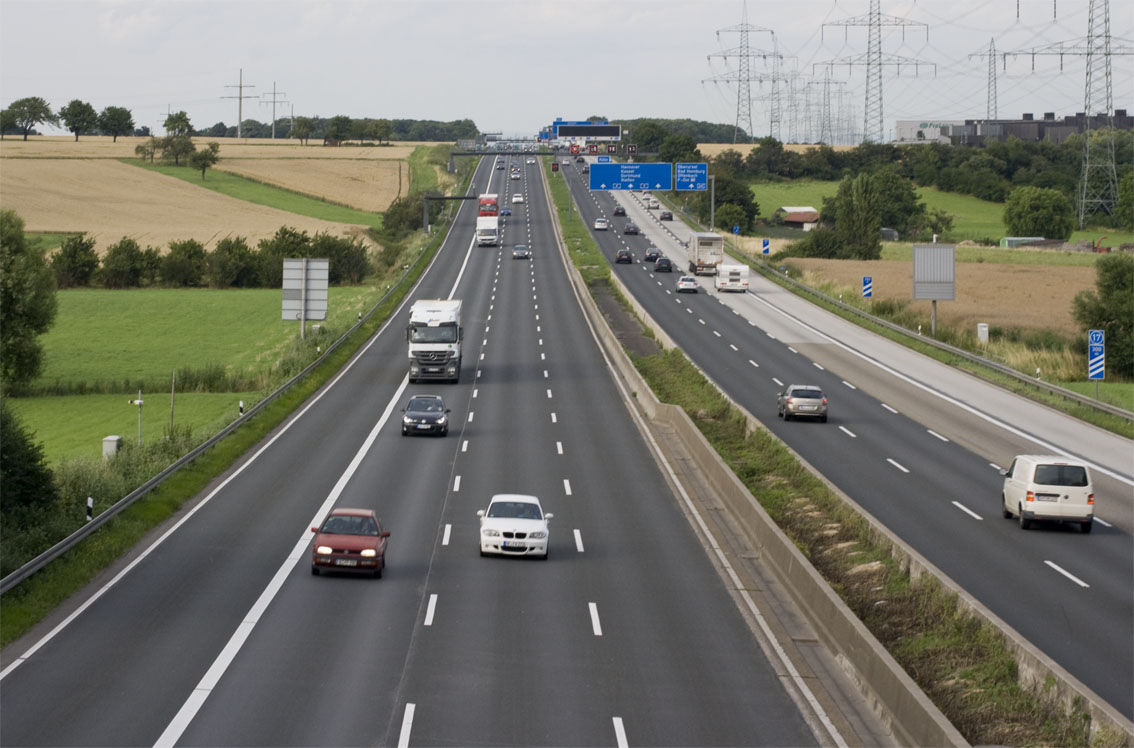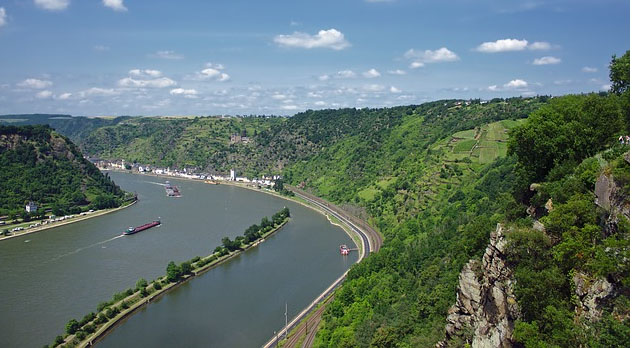| Line 69: | Line 69: | ||
<references> | <references> | ||
| + | |||
{{:Team:Aix-Marseille/Template-Footer}} | {{:Team:Aix-Marseille/Template-Footer}} | ||
Environment
Situation
The Source
The main source is obviously the catalytic converters. As a catalyst platinum is not supposed to leave the converter but during the lifetime of the converter a certain amount is released and is dispersed in environment. Others uses of platinum can generate pollution with platinum as the uses in the medical field. Patients will be exposed at high concentration and will reject (faeces and urine) in sewage high amounts of platinum. All the electronic industry is a source of pollution, since the e-waste are enriched in platinum. If recycling is not properly performed this platinum can be released in environnement.
A plenty of studies assess the increase in metals around in environment. Many places and many metals are concerned all over the world and to demonstrate that, representative example are displayed in this page. Metal pollution in environnement is diverse and platinum is not the only metal polluting the environnement, not at all. However we'll focus here on Platinum and Palladium pollution.
PLatinum along roads
As platinum and palladium are used as catalic converters the main source of pollution is close the axis of car traffic, i.e. roads and highways. Several studies show differents concentrations as context of measures are always differents and the factors involved in concentration are much complex.
The average concentration of platinum and palladium can reach values of 22.74µg/kg for platinum and 120.8µg/kg just near the road. As we can forsee, the concentration is dependent of the distance of the road and indeed values fall to 2.04µg/kg and 84.2µg/kg for platinum and palladium respectiveley is measure are carried out 5 meters aways from the road [1]
Near roads in Germany, with a heavy traffic of about 16,000 car a days and with a speed limit of 80km/h, platinum concentrations have been estmiated around 50µg/kg. C Even greater value have been found, reaching the impressive value of 132µg/kg[2].
Platinum in plants
plants are a biological compartment able to concentrate all type of poàllutant present in the envioronnment. Thus, many studies have bneen carried out to assess the concentration in plants living near pollution source as a highway or a road.
Plants thriving near the roads accumulate metals as expected as their concentrations for platinum and palladium respectiveley are in average about 8.64µg/kg and 10µg/kg respectiveley[1]. Somes species of birch trees are also able to accumulate platinum to a value up to 1350ng/g and ashes from pine trees presents platinum concentration around 5000ng/g[3].
Platinum in rivers
As rivers collect all stream and watercourses, all the washed pollutant are gathered in rivers, especially after a phenomenom of washing i.e. rain.
Concentrations found in Rhine river help to realize how concentrations in platinum could increase with the effluents due to the rain washing. Concentration usually found are about 5ng/g but after a rain events (all soils, and surfaces are washed out) this concentration reach a value of 31.2µg/g thus increased a thousand times [3]
Platinum in urban area
In urban area, the source of platinum are every where as many types of vehicles are always present in thoses places. Exhaust gas froms catalyst converter are pervasive in such area and scientist have expected to find high, hence their studies in those areas.
Concentrations in soils town center have even shown a value of 90µg/kg![4]
Much higher value have been measured in air born dust, with a mean of 1730µg/kg[4].
Platinum in sewage sludge
If rivers gather pollution, the sewage sludge contain the main pollutants once presents in the waters.. In sewage sludge,one of the most promising start for our process, all the resduals metals concentrate especially after rain events. Concentration have been measured around 602µg/kg for platinum and 722 µg/kg for palladium[5]. As produced steadily in great quantities, sewage sludge could be a very good source for our process.
Average guide platinum concentrations
In earth crust :5µg/kg In coal: 5µg/kg In mined fields: 1500µg/kg In your blood : 0.1- 3.8µg/kg
Classical solutions
Metals pollution in environnement is a concern for health autorities for a long time. However metal pollution is increasing so fast for so many metals (Pt, Pd, Rh, Co, Pb, Mo, Cu, Zn, Hg, Ni, Sb, Se...) that the actual solution to deal with such pollution is actually to burn and confin ashes from sewage sludges. Indeed the classical treatment with bacetria is unefficent to eliminate such metals pollutions. So the sludge are burned and then stocked as pollutant materials.
This solution allow to prevent the contamination in enivormnnement since sludges are classicaly spreaded in field, but it doesn't reduce pollution in environnement and worse, produce contamined ashes, unvalorizable and unusable materials which need to be stocked.
Biotechnological solutions
The phytoremidation use plants and their ability to concentrate or destroy pollutant to clean up soils or waters. Plants thriving along the roads are continuously exposed to the metals pollution, so they can be used as a compartments in order to remove polution.
Some plant species are well known to accumulate metals as Pycnandra acuminata, see photo.
MENTIONNER LAIDE APPORTEE PART M.TRIBOIT
- ↑ 1.0 1.1 http://www.sciencedirect.com/science/article/pii/S0048969707006390 Hooda et al., 2007
- ↑ http://pubs.acs.org/doi/abs/10.1021/es061453s Zereini and al., 2007
- ↑ 3.0 3.1 http://www.sciencedirect.com/science/article/pii/S0012825214000063?np=y Reith and al., 2014
- ↑ 4.0 4.1 http://www.sciencedirect.com/science/article/pii/S0048969707007905 Wichmann and al., 2007
- ↑ https://www.ncbi.nlm.nih.gov/pubmed/19878972 Jackson, Prichard and Sampson., 2010
- ↑ Author:Antony van der Ent



